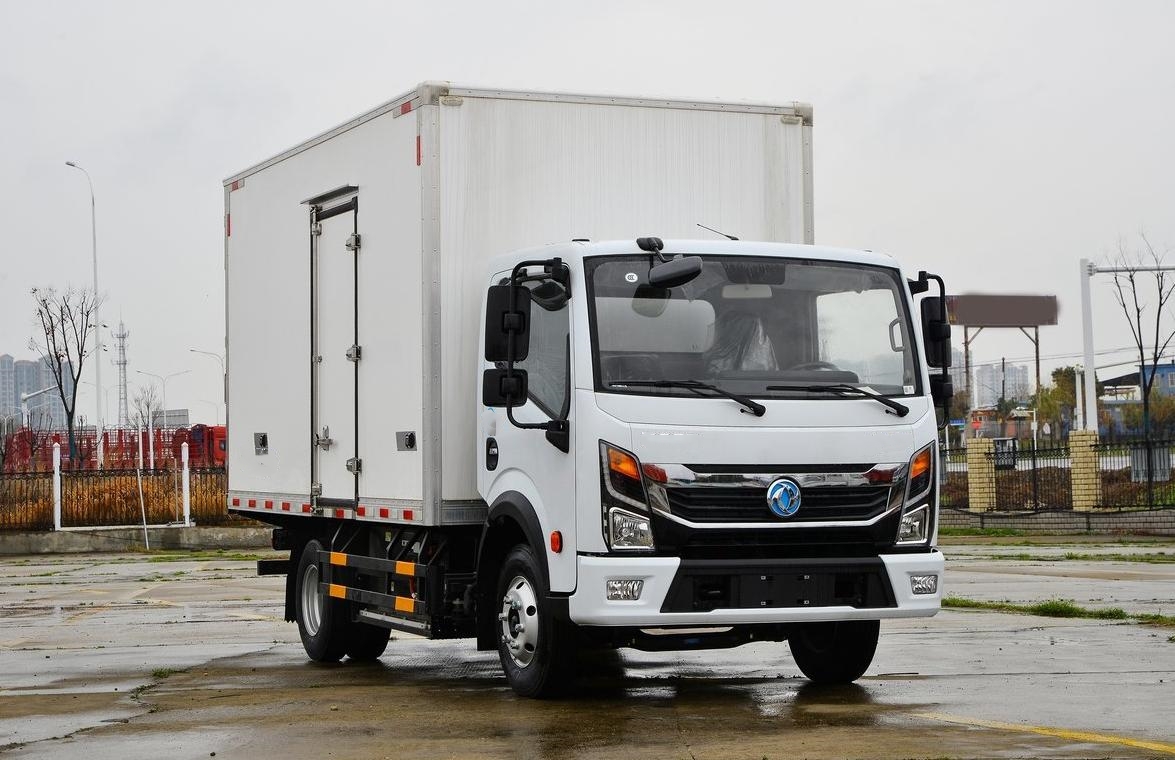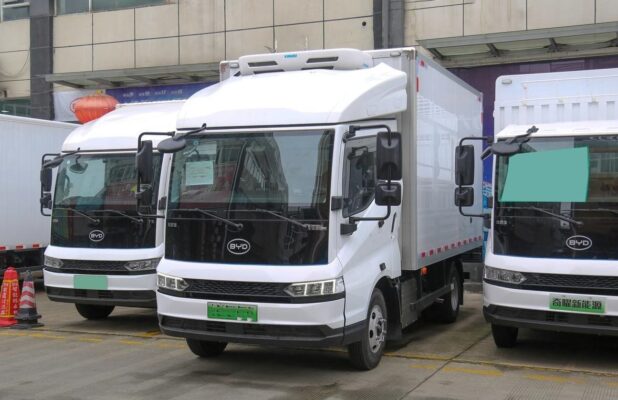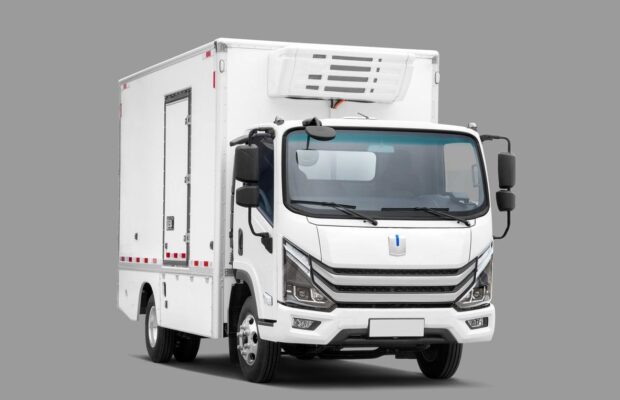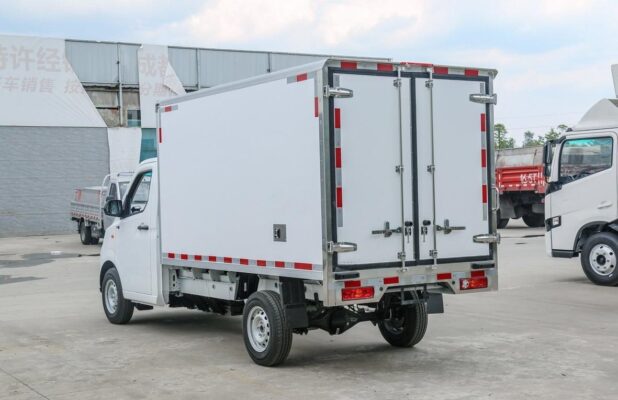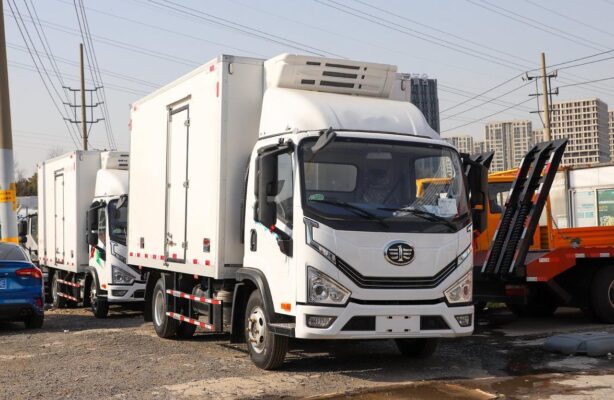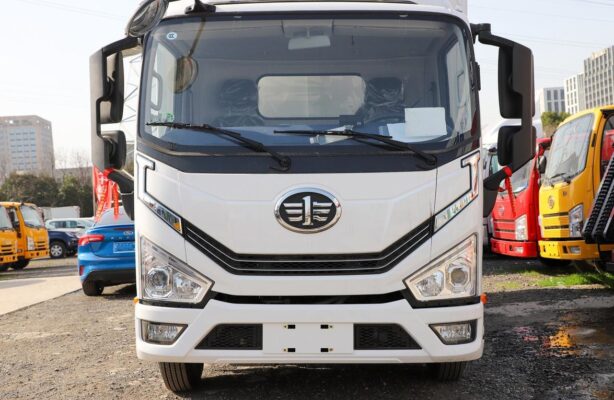Te mau parau apî no te mau pereoo uira
Why Electric Pickups Are More Energy-Efficient at Low Speeds
As the automotive industry undergoes a significant transformation toward sustainability, electric pickups have emerged as a prominent solution for cleaner transportation. These vehicles offer a myriad of advantages over traditional internal combustion engine (ICE) vehicles, particularly in terms of energy efficiency at low speeds. Understanding why electric pickups are more energy-efficient in these conditions is crucial for both consumers and manufacturers. This exploration will delve into the mechanics behind electric pickups’ efficiency at low speeds, the advantages they provide, and the challenges they face.
The Mechanics of Energy Efficiency in Electric Pickups
1. Power System Components
Electric pickups operate using a power system primarily composed of a battery and an electric motor. This configuration fundamentally alters how energy is consumed compared to traditional vehicles, which rely on complex internal combustion engines. At low speeds, the demands placed on the electric motor are relatively minimal, resulting in lower power output from the battery and, consequently, reduced energy consumption.
- Battery Output Power: Electric motors deliver power based on the demand. At low speeds, the power required for acceleration and operation is significantly less than at higher speeds, meaning the battery expends energy more efficiently. In contrast, internal combustion engines must continuously burn fuel to maintain power, often resulting in waste and inefficiency.
2. Energy Conversion Efficiency
Electric vehicles, including pickups, boast a higher energy conversion efficiency than their ICE counterparts. This efficiency is particularly pronounced at low speeds. The process of converting stored electrical energy into motion is more streamlined and results in less energy loss due to heat and friction.
- Optimized Energy Usage: The design of electric motors allows for greater efficiency in energy use, especially during the initial stages of acceleration. Electric pickups can effectively utilize the stored energy from their batteries, leading to lower overall energy consumption.
3. Regenerative Braking
One of the standout features of electric pickups is their regenerative braking system. This technology plays a pivotal role in enhancing energy efficiency, especially at low speeds.
- Energy Recovery: During braking, electric pickups can convert kinetic energy back into electrical energy. The electric motor functions as a generator, slowing down the vehicle while simultaneously recharging the battery. This process is especially effective at low speeds, where frequent stopping and starting often occur, such as in urban environments. By recovering energy that would otherwise be lost as heat in traditional braking systems, electric pickups maximize their efficiency.
Advantages of Driving Electric Pickups at Low Speeds
The energy efficiency of electric pickups at low speeds translates into several practical benefits for drivers, making them particularly suitable for urban environments and situations involving frequent stops.
1. Lower Energy Consumption
Electric pickups are designed to consume less energy at low speeds, which directly contributes to longer battery ranges. This characteristic is especially advantageous in congested city traffic, where frequent acceleration and deceleration are commonplace.
- Extended Range: With lower energy consumption, drivers can travel greater distances on a single charge, alleviating concerns about running out of power during daily commutes or errands.
2. Reduced Noise Levels
Another significant advantage of electric pickups operating at low speeds is the reduction in noise pollution. Unlike traditional vehicles, which produce considerable engine noise, electric pickups are nearly silent at low speeds.
- Comfortable Driving Experience: The quiet operation enhances the overall driving experience for both the driver and passengers. It allows for more enjoyable conversations, listening to music, or simply enjoying the tranquility of the drive.
3. Superior Acceleration Performance
Electric motors deliver power differently than internal combustion engines. They provide instant torque, resulting in rapid acceleration from a standstill or at low speeds.
- Responsive Handling: This characteristic means that electric pickups can swiftly respond to driver inputs, making them feel powerful and agile, even in low-speed scenarios. This performance is particularly beneficial for tasks like towing or navigating through tight spaces.
Challenges Faced by Electric Pickups at Low Speeds
While electric pickups offer numerous advantages, they are not without challenges, particularly when it comes to performance at various speeds.
1. Limitations in Acceleration Performance at Higher Speeds
Although electric pickups excel in low-speed acceleration due to their instant torque, their performance may taper off at higher speeds. The battery’s output power becomes a limiting factor.
- Performance Trade-Off: This can lead to less impressive acceleration when merging onto highways or overtaking slower vehicles, where higher speeds are necessary.
2. Energy Consumption at High Speeds
While electric pickups are more energy-efficient at low speeds, prolonged high-speed driving can quickly deplete the battery. The energy required to maintain higher speeds is significantly greater than at lower speeds, potentially impacting range.
- Range Anxiety: For drivers who frequently travel at higher speeds, the need to recharge more often may pose a challenge.
3. Increased Load on the Power System
At low speeds, electric pickups experience less strain on their power systems. Tera râ,, as speed increases, the workload on both the battery and the motor intensifies, potentially affecting the vehicle’s longevity and performance.
- Durability Concerns: The increased stress on components during high-speed driving may necessitate more frequent maintenance or earlier replacements compared to traditional vehicles.
Future Directions for Electric Pickups
To fully harness the advantages of electric pickups, ongoing improvements in technology and design are essential. Manufacturers are focusing on several key areas:
1. Enhanced Battery Energy Density
Developing batteries with higher energy density will allow electric pickups to maintain their efficiency at higher speeds while extending overall range. This could mitigate the concerns related to energy consumption during prolonged high-speed driving.
2. Advanced Power Management Systems
Implementing smarter power management systems can optimize energy use in various driving conditions. These systems would analyze real-time data to adjust performance based on speed, load, and driving habits, further enhancing efficiency.
3. Improved Regenerative Braking Technology
Enhancing regenerative braking systems to recover even more energy, particularly during low-speed scenarios, will maximize energy efficiency. Innovations in this area can ensure that electric pickups utilize as much energy as possible, further extending battery life and range.
Conclusion
Electric pickups represent a significant leap toward sustainable transportation, particularly regarding energy efficiency at low speeds. Their inherent design features, such as optimized energy conversion, regenerative braking, and the ability to consume less energy at low speeds, make them a compelling choice for environmentally conscious consumers.
While challenges remain—especially concerning performance at higher speeds and the need for robust charging infrastructure—the benefits of driving electric pickups are clear. As technology continues to advance, the future of electric pickups looks promising, with potential improvements poised to further enhance their efficiency and performance across a wide range of driving conditions. By addressing existing challenges and leveraging their inherent advantages, electric pickups will likely become an increasingly integral part of the transportation landscape.
